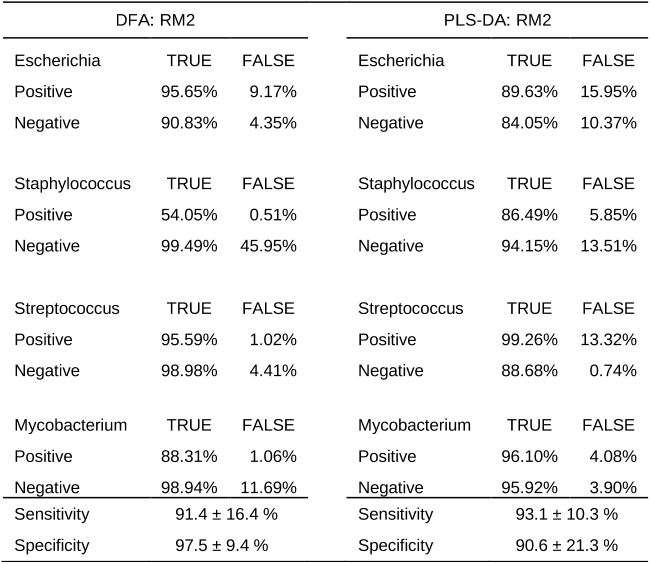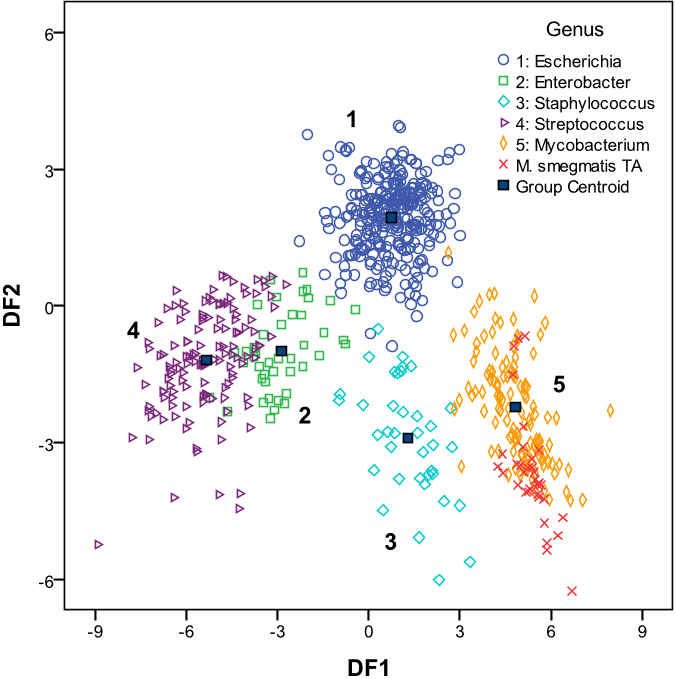Abstract: With the advent of improved experimental techniques and enhanced precision, laser-induced breakdown spectroscopy (LIBS) offers a robust tool for probing the chemical constituents of samples of interest in biological sciences. As the interest continues to grow rapidly, the domain of study encompasses a variety of applications vis-a-vis biological species and microbes. LIBS is basically an atomic emission spectroscopy of plasma produced by the high-power pulsed laser which is tightly focused on the surface of any kinds of target materials in any phase. Due to its experimental simplicity, and versatility, LIBS has achieved its high degree of interest particularly in the fields of agricultural science, environmental science, medical science, forensic sciences, and biology. It has become a strong and sensitive elemental analysis tool as compared to the traditional gold standard techniques. As such, it offers a handy, rapid, and flexible elemental measurement of the sample compositions, together with the added benefits of less cumbersome sample preparation requirements. This technique has extensively been used to detect various microorganisms, extending the horizon from bacteria, molds, to yeasts, and spores on surfaces, while also being successful in sensing disease-causing viruses. LIBS-based probe has also enabled successful detection of bacteria in agriculture as well. In order for good quality processing of food, LIBS is also being used to detect and identify bacteria such as Salmonella enteric serovar typhimurium that causes food contamination. Differences in soil bacteria isolated from different mining sites are a very good indicator of relative environmental soil quality. In this connection, LIBS has effectively been employed to discriminate both the inter- and intra-site differences of the soil quality across varying mining sites. Therefore, this article summarizes the basic theory and use of LIBS for identifying microbes causing serious agricultural and environmental infectious diseases.








